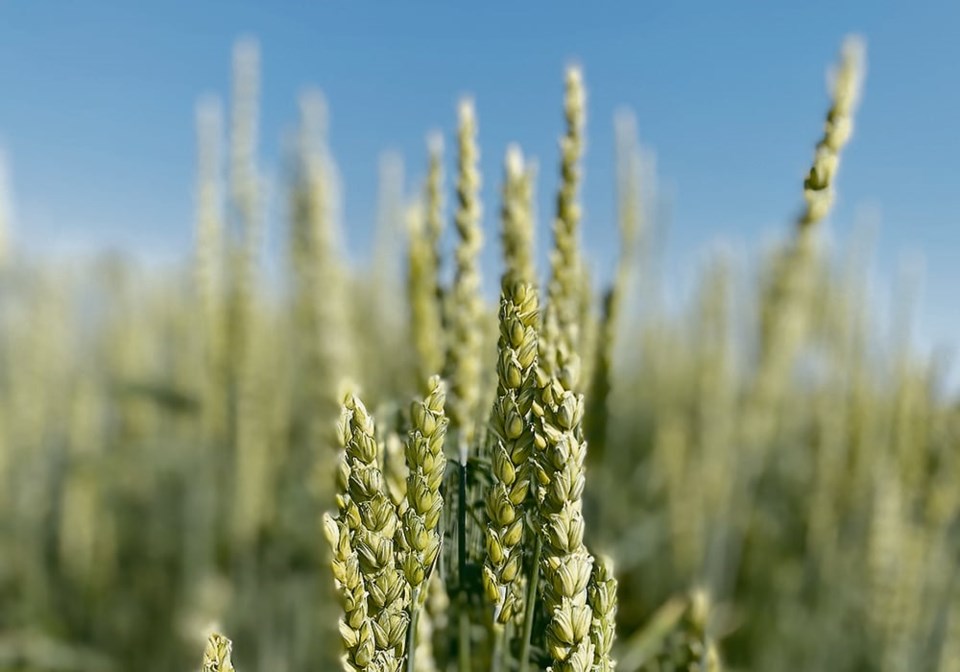Is genetically modified wheat finally ready for prime time?
Researchers at Agriculture Canada in Lethbridge have planted their first greenhouse plots of wheat with genes edited to better receive and use sunlight.
“I think it’s fantastic. It’s good for our industry and it is exactly what’s needed going forward,” Gunther Jochum, president of the Wheat Growers Association, .
Wheat is particularly suited for gene editing because its hexaploid (six parent) genome contains genes from three ancestral grasses. It’s five times larger than our human diploid genome, so there’s a lot to work with.
But gene editing techniques can only work with what’s already there. Argentine company Bioceres swapped a sunflower gene into its genetically modified wheat. Such transgenic varieties are what are generally meant when the term GMO is used.
This year, to seed retailers in neighbouring Brazil after that country approved it in 2023. The company claims it produces 20 per cent greater yields under drought conditions.
What has changed? As recently as 2018, there was much uproar along an access road to an oil rig in southern Alberta. Its appearance was a mystery, considering it was pulled off the market in the mid-2000s due to producer and consumer backlash.
When it comes to genetic modification, wheat appears to be a special case. Other transgenic crops such as soybeans, corn and canola have been widely accepted in North America, offering built-in insect resistance and herbicide resistance. In fact, in the 1990s, farmers in Brazil and Paraguay were so eager to plant GM soy that they smuggled seeds from Argentina.
Still, wheat remained sacrosanct from genetic modification even as researchers around the world, including Canada, completed the mammoth task of mapping its genome in 2018.
What may have changed is public recognition of another threat: climate change.
Bioceres has clearly recognized this with its corporate messaging, stating it delivers “productivity solutions designed to regenerate agricultural ecosystems while making crops more resilient to climate change.”
On the other side of the Pacific, Australian seed breeder InterGrain is working with American company Inari on a major trial of gene-edited wheat in Australia, aiming for varieties that deliver a 10 per cent yield increase.
“We want to solve food security, climate change and farm profitability at the same time,” said Inari chief executive officer Ponsi Trivisvavet in a May 23 Reuters article.
On the government side, European Union regulators accept gene editing (not transgenics) as needing no special regulations. Canada has done the same.
The stars are aligning for wheat breeders. Regulatory hurdles are falling, governments are providing targeted funding, producers are encouraging these innovations and most importantly, markets and consumer acceptance are growing.
Climate change is a familiar challenge to our crop breeders. An article in the Canadian Agronomist points out that temperatures on the Prairies have risen by 1.7 C since 1948 and precipitation has dropped since 1950. Yet “over time, wheat, barley and canola yields have increased, primarily due to better genetics.”
Whether to meet world competition or climate change challenges, Canadian wheat producers rely on constant development of new varieties to stay in the game. Now that wheat breeders can use a fuller suite of tools, they are better positioned than ever to provide them.
Karen Briere, Bruce Dyck, Barb Glen, Michael Robin, Robin Booker and Laura Rance collaborate in the writing of Western Producer editorials.

